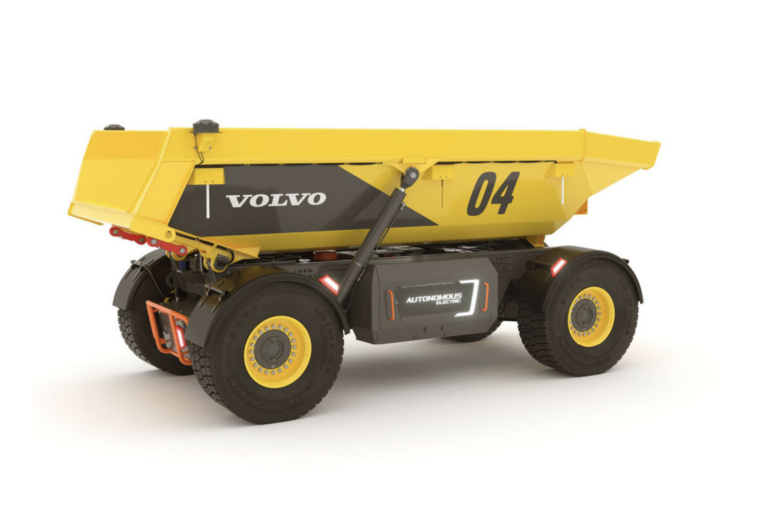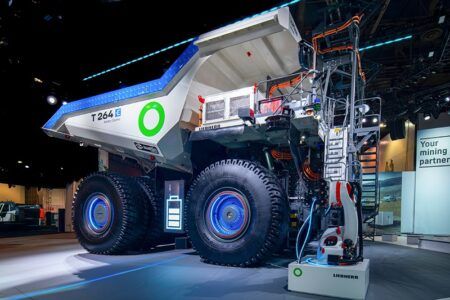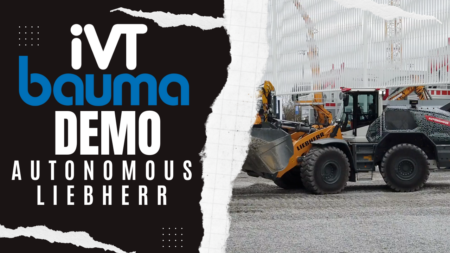Volvo Autonomous Solutions (VAS) has commercialised its first-ever autonomous electric solution, the TA15 autonomous hauler, which is now ready for market.
Speaking exclusively to the iVT Podcast Johan Holmén, deputy chief technology officer for VAS, remarked that, “it is when you start to combine electrification with automation that you really begin to innovate new solutions.”
The TA15, originally named the HX02 concept autonomous electric hauler as part of Volvo’s electric site project and already a Red Dot Award winner for product design, runs on a battery-electric drivetrain and uses GNSS, Lidar, Radar and multiple sensors. Being selfdriving, it has no need for a cabin – making for a dramatically new machine profile. The TA15 can drive 24/7 or follow the productivity demands of the customer.
It also forms part of the wider TARA autonomous transport solution concept, such that a series of the machines can be connected together to form a ‘train’ for maximum loading and hauling efficiency. The TA15, which offers a 15 tonne hauling capacity, will be a critical element of the TARA electric and autonomous transport solution.
VAS is perhaps unique in its ability to offer automated solutions for both on and off road. With truck and construction divisions within the Volvo Group to source equipment from, and partnerships with Silicon Valley companies and AI leaders to develop autonomous driving architecture, the company is extremely excited to release its first commercially viable autonomous solution into the marketplace.
“Our approach is to start small, in a tightly confined environment and build on our successes over time,” says Nils Jaeger, president of Volvo Autonomous Solutions . “Ports, quarries and light mines fit this profile, as they have clearly defined load-and-drop locations, over generally short circuits. And with carefully mapped out safety plans, there is no need for regulatory changes.”
When challenged on fears of autonomous machines taking human operator jobs, Jaeger remarked, “There are already shortages of drivers in many markets, and human operators will continue to be in demand for many years to come. Far from being a threat, autonomous vehicles will be complimentary, doing jobs more safely than humans can, such as very long distance highway driving, or removing humans from worksite applications in hazardous areas, such as blast furnaces, unstable demolition sites or underground mines. As with the creation of the car or the computer, this technology will for sure be a creator of many new jobs.”





